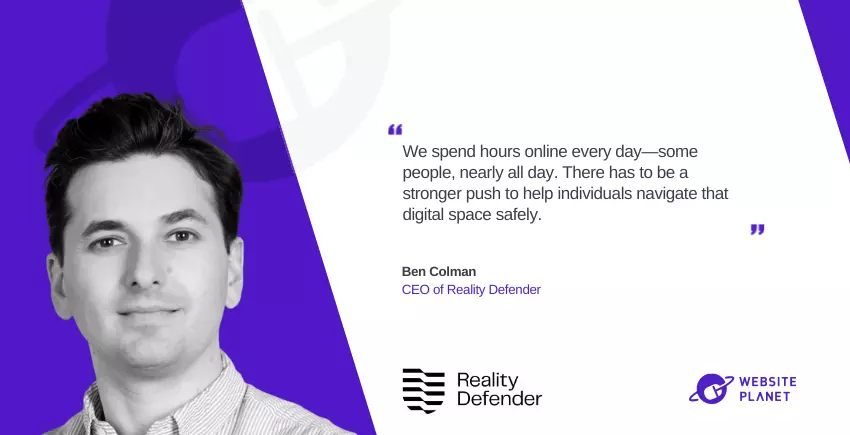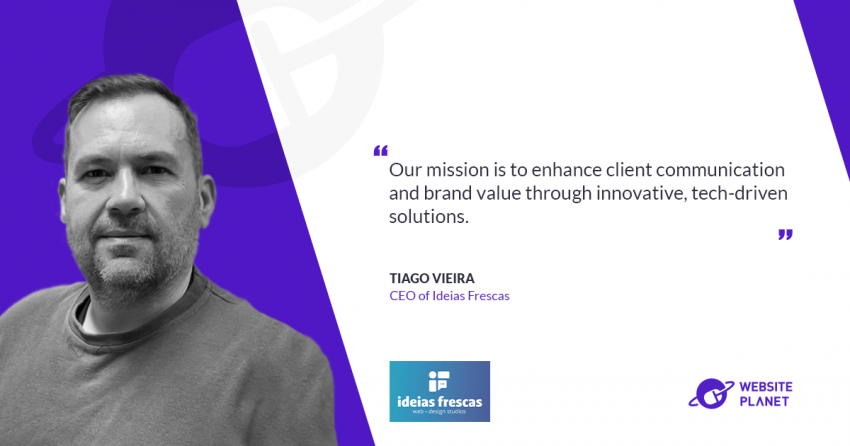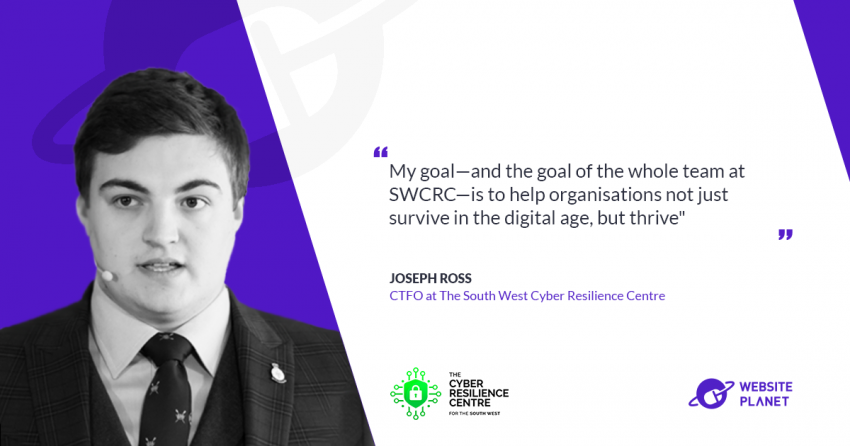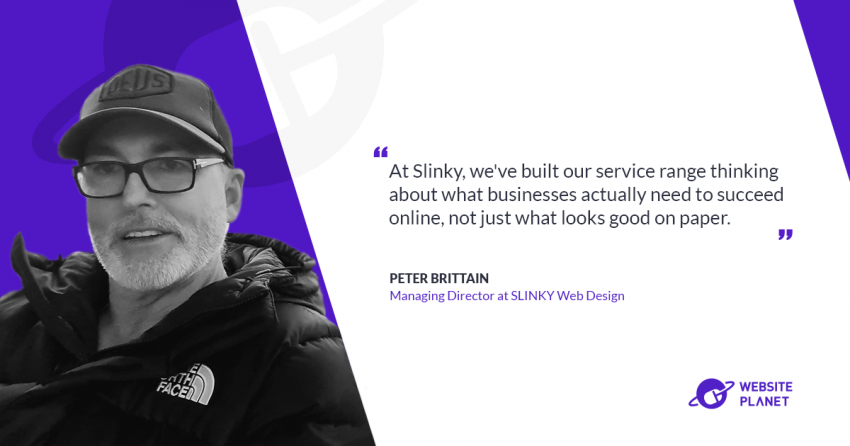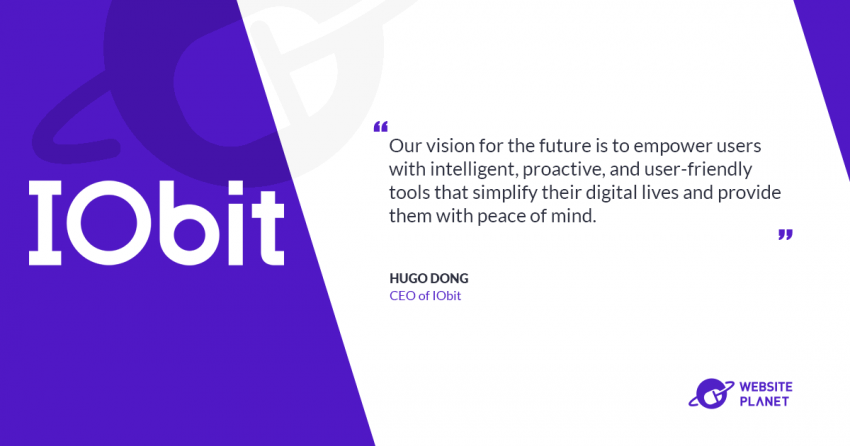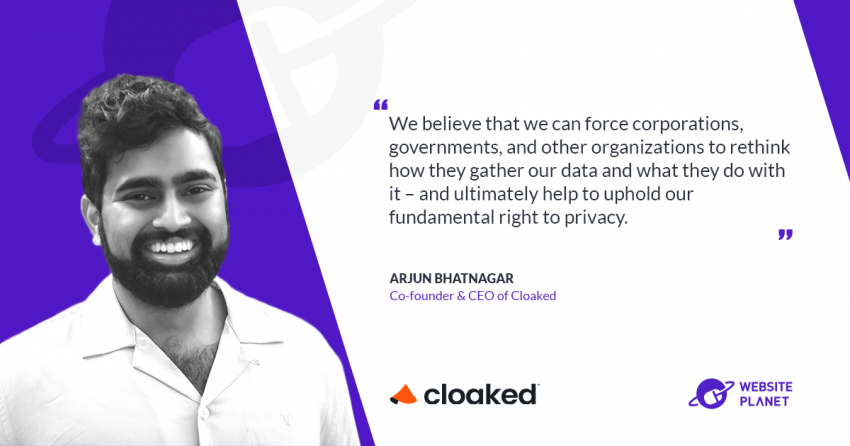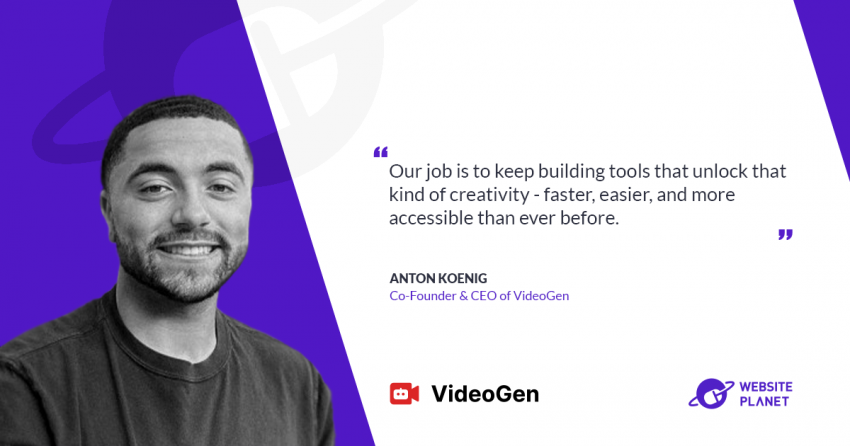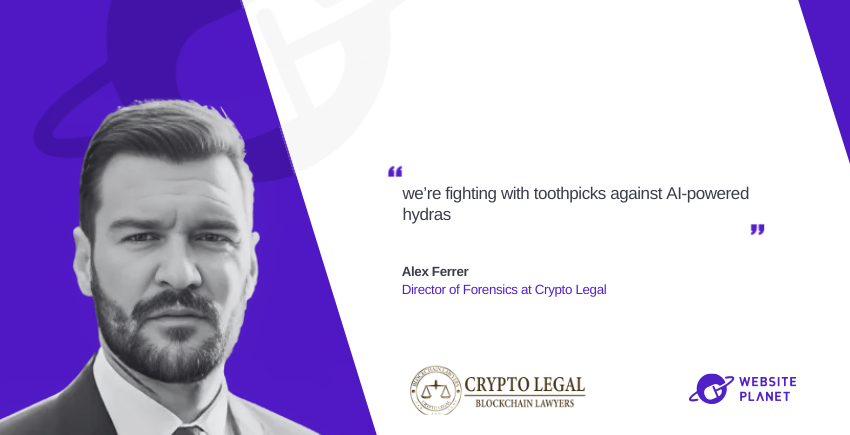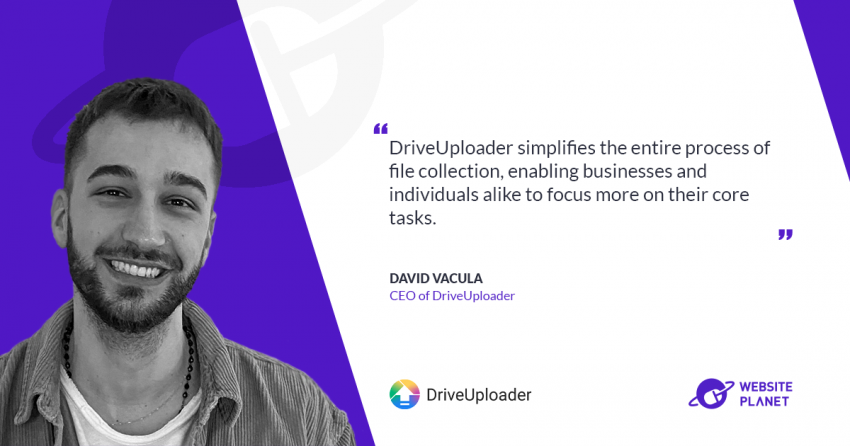- What deepfake threat trends Reality Defender is seeing across sectors
- How organizations can defend against emerging deepfake fraud
- Why governments must rethink their response before detection tech falls behind for good
What the data shows
“The UK government warned of a 1500% increase in deepfakes this year,” he says. “But that figure gravely underestimates what we’re seeing on the ground.” The spread of deepfakes has reached crisis levels. From disinformation campaigns to financial fraud and AI-generated revenge porn, Colman says the scale of abuse has multiplied—faster than the protective technologies and policies meant to stop it. “If you take the damage deepfakes caused last year and multiply it by 1500%, the scale becomes staggering,” he warns. To illustrate, the table below shows current 2024 estimates from various data reports vs. projected values if damages grew by 1500%:| Impact on | Current (2024) Estimate | Projected at +1500% |
|---|---|---|
| Financial Losses | ~$12 billion in deepfake-related fraud (U.S., 2023) | ~$192 billion (if losses became ~16× higher) |
| Reputational Harm | ~95,000 deepfake videos online (≈98% pornographic) | ~1.5 million deepfake videos (massive spread of fake content) |
| Misinformation Campaigns | ~82 known political deepfake incidents across 38 countries | ~1,300+ incidents globally (deepfakes pervade virtually all media) |
| Political Destabilization | Deepfake use observed in ~30 election contexts; ~32% trust in online news (US) |
Deepfake interference in ~480+ elections (nearly every country, multiple times); near-zero trust in information |
- Financial losses approaching $200 billion annually would threaten banking systems and insurance industries.
- Reputational attacks would become ubiquitous, with millions of fabricated videos could ruin the lives of countless people, normalizing a dangerous culture of visual deception.
- Widespread deepfake-driven misinformation would overwhelm fact-checkers and flood every corner of social media with highly believable fake news.
- Nearly every major political event globally might be tainted by deepfake meddling, eroding public trust to the point that people simply do not believe anything they see or hear online.
Policymakers are starting to respond, but businesses and institutions remain dangerously exposed
The adoption rate of enterprise-grade deepfake detection is nowhere near keeping pace with the threat. The gap between risk and protection grows daily. Colman sees two major loopholes in the fight against deepfakes, and here’s his advice for organizations and the public to fix them: As generative AI becomes widely accessible, even low-skilled attackers can now launch sophisticated, high-impact attacks using off-the-shelf tools. To face this threat without any protective measures—like deepfake detection or internal education—is to inevitably court disaster. For organizations, cybersecurity training shouldn’t just be a one-time onboarding exercise. As deepfakes and AI-powered scams grow more convincing, detection must be paired with continuous education. Employees should be trained and retrained regularly, because the scams they’re facing today are far more advanced than the ones they saw even a few months ago. For everyday users, the advice is just as urgent:We spend hours online every day—some people, nearly all day. There has to be a stronger push to help individuals navigate that digital space safely, with a bit more caution and awareness.
